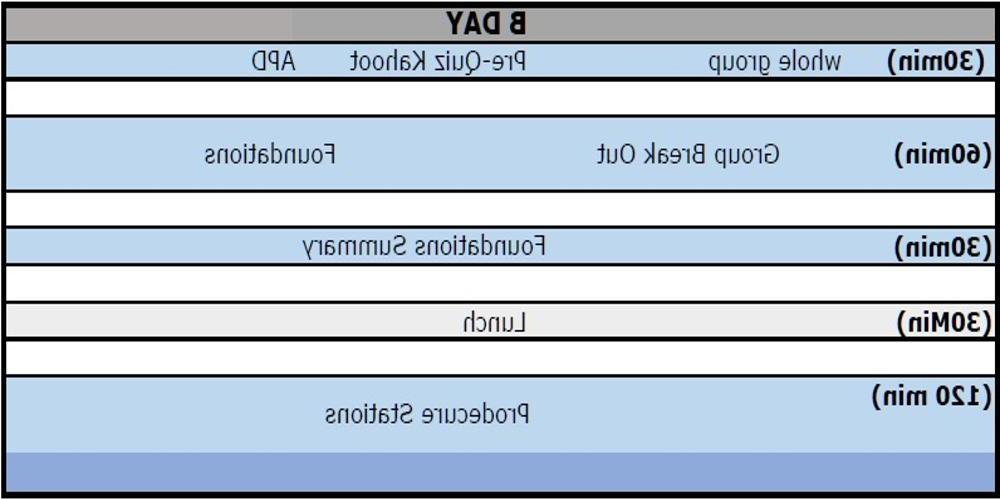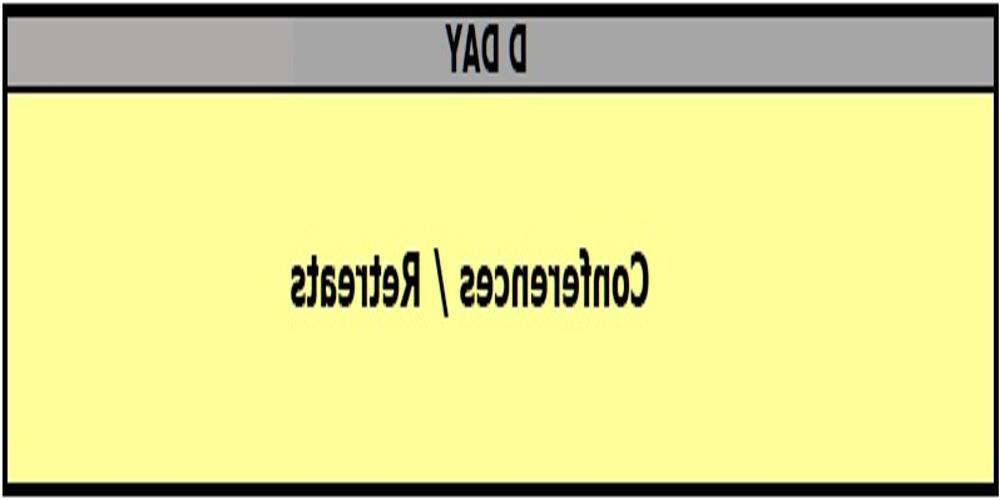Didactics and Conferences
Clinical Education
Resident education occurs in Syracuse, New York at Upstate Medical University Hospital, St. Joseph’s Hospital Health Center, Crouse Hospital, the VA Hospital, and Community General Hospital. Clinical training at these sites provides our residents with unique patient interactions and prepares them for life as an attending in any setting, rural, community, or academic emergency departments.
Weekly Conference
We combine procedures, simulation, board preparation and interactive learning throughout our didactic sessions. Every Wednesday we have 4.5 hours of protected time for conference for all residents. This time is spent incorporating a mix of procedure days, simulation and the Foundations of Emergency Medicine series. We also include special conference days where we use our fellowships to give ushands on learning for topics including Toxicology, Ultrasound, Hyperbarics, Pediatric Care and Integrative Medicine. Grand Rounds is incorporated biannually and we try to take resident feedback into consideration when planning guest lectures and lecture series. Using resident feedback into consideration, we have incorporated a malpractice series, financial planning series, and EM documentation series into our lecture curriculum. We have also recognized the importance of and incorporated wellness and diversity, equity and inclusion topics for our residents and faculty.
Multidisciplinary Lectures and Conferences:
- Trauma Drills and trauma conferences involve EM faculty, residents, nurses, trauma surgery faculty and residents, as well as pre-hospital providers. Trauma drills are conducted as simulations in the trauma bays in the emergency department, with cases developed by emergency medicine residents. The drills include EMS providers who bring the trauma patient from thef field, trauma surgery residents and attendings who are part of the trauma surgery team, respiratory therapists, emergency department nurses, and emergency medicine residents and attendings. The strong mutually supportive relationship between Upstate's Trauma Surgery Service and the Department of Emergency Medicine is strengthened by this conference.
- We also invite our consult services to teach us about common emergency medicine presentations and subsequent management. Residents from these specialites also run procedure stations to help us hone our skills in certain specialized procedures and examinations, including epistaxis management, how to use the slit lamp and how to perform the HINTS exam.
- Twice per month, emergency medicine residents and faculty participate in a noon case conference with our internal medicine colleagues, with discussion of interesting cases occuring over lunch.










